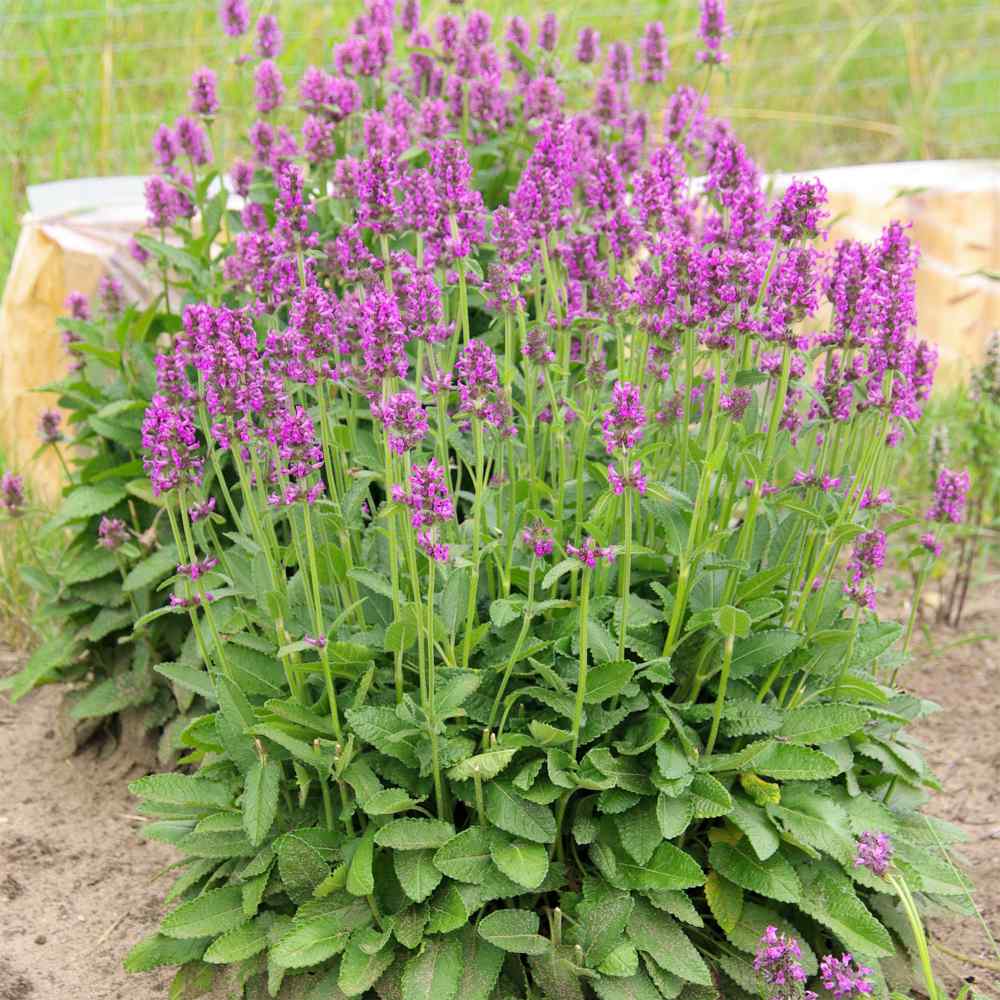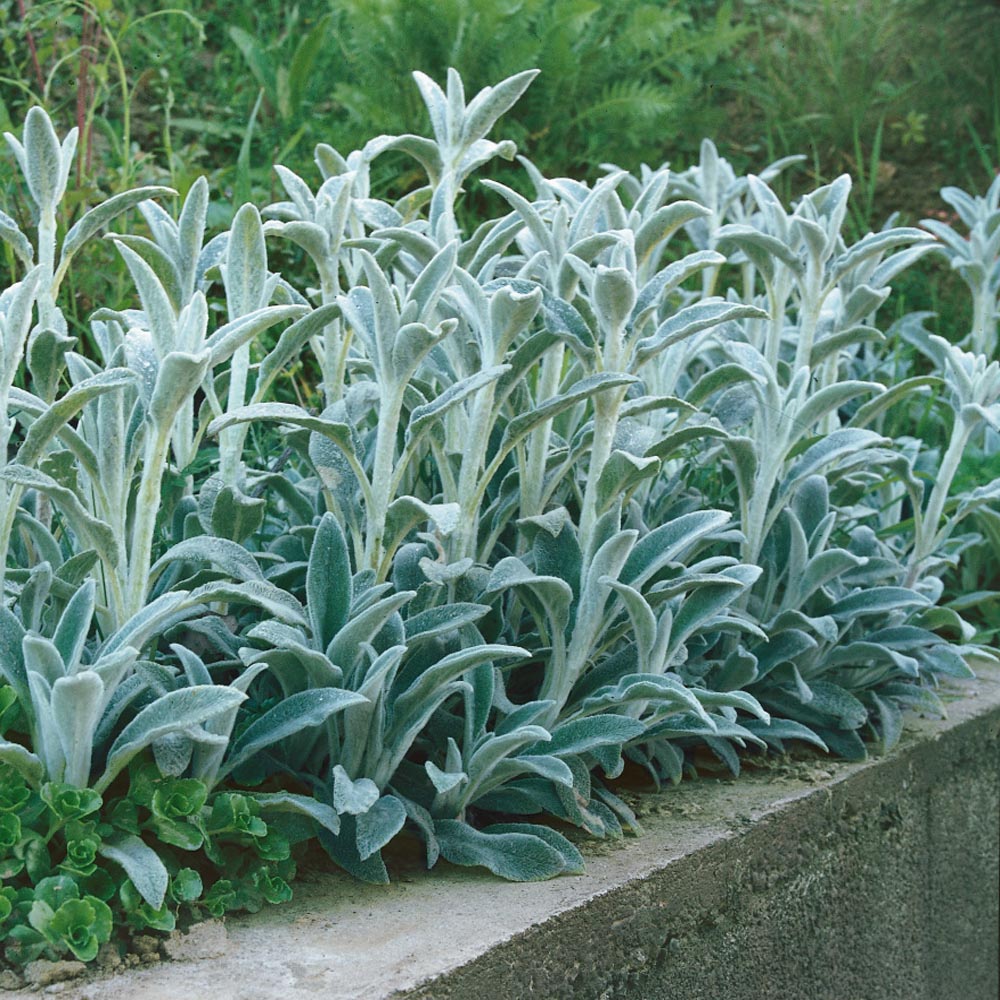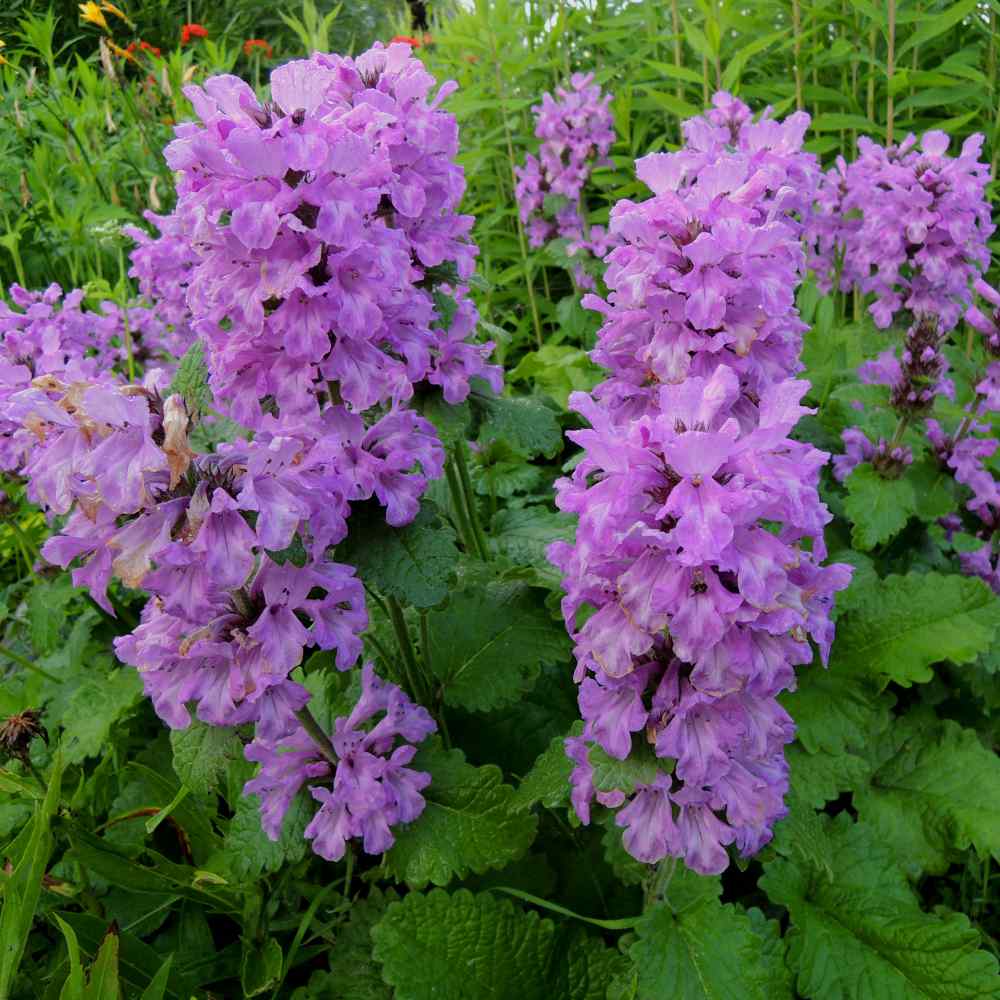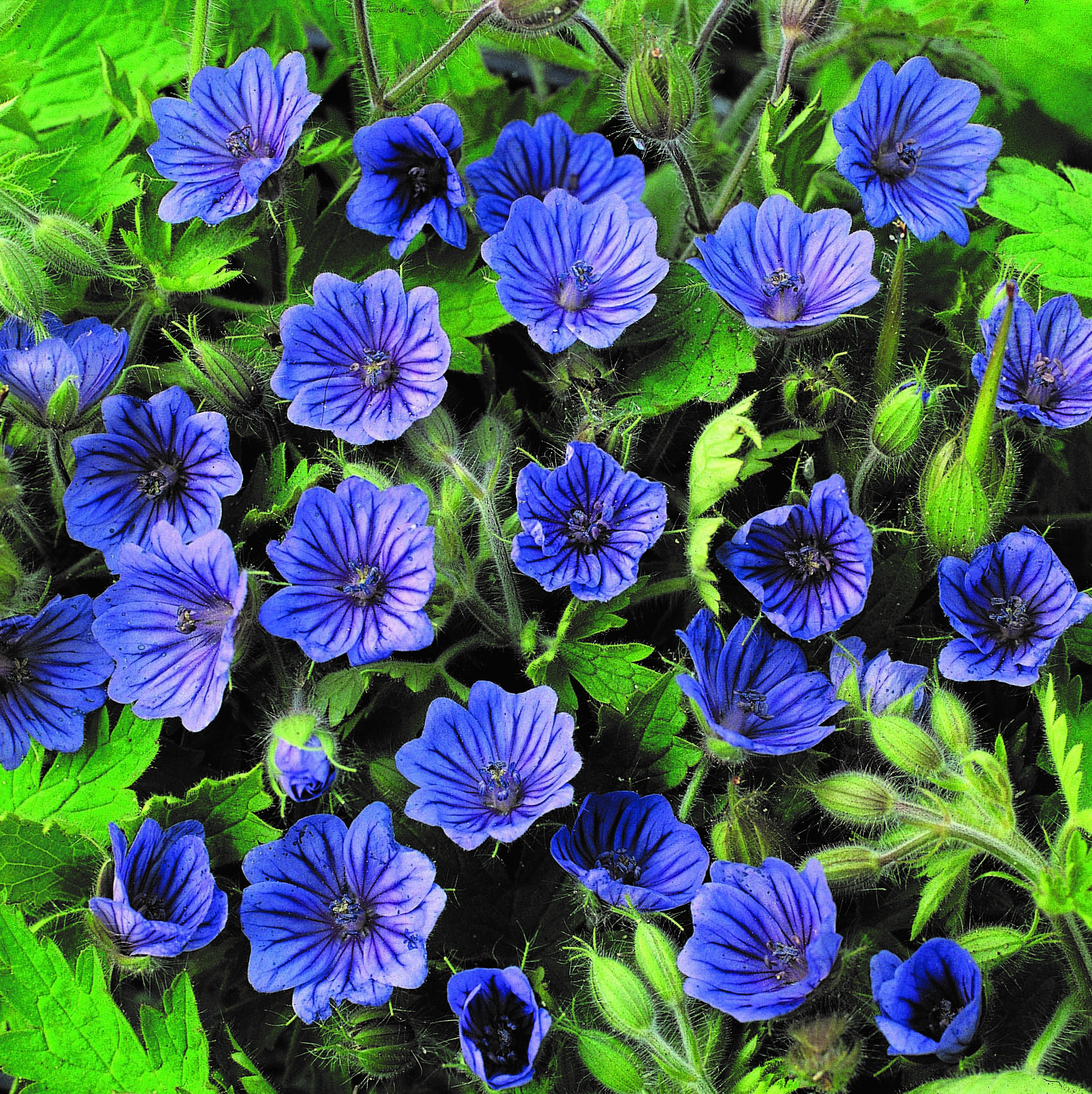
Betony Planting Guide
Quick Facts About Betony
Also known as wood betony, bishops wort or purple betony, is a perennial herb that makes an appealing addition to your herb or flower garden. It has petite wrinkled leaves and pinkish-purple flowers that grow on spikes. Betony is also a bee attractant for pollinating and making honey.
Planting Time
Cold is important to assist germination, so plant in late winter if you live in an area with warm winters. Seeds can be sown directly or started indoors.

Planting Location
It is best to grow in an area of partial shade, although betony does grow in full sun in areas with mild summers.
How to Plant Betony
Indoor Planting Guide
- Stratify the seeds in a refrigerator for 3 weeks to prepare the seeds for sowing.
- Sow indoors 4-6 weeks before last expected heavy spring frost.
- Sow 4 - 5 seeds per plant.
- Use a good quality seed raising mix, not soil. Spray the mix to keep it moist and place in the fridge for three weeks. Don’t let the seed raising mix dry out. Check the pots regularly and mist if necessary, but don’t soak the pots or the seeds may rot.
- Two weeks after stratification, germination should be completed and you can remove the pots from the fridge and place in a warmer area of the house until you’re ready to plant it in a permanent home.
- As soon as seedlings emerge, provide plenty of light on a sunny windowsill or grow seedlings 3-4 inches beneath fluorescent plant lights turned on 16 hours per day, off for 8 hours at night. Raise the lights as the plants grow taller. Incandescent bulbs will not work for this process because they will get too hot. Most plants require a dark period to grow, do not leave lights on for 24 hours.
- Before planting in the garden, seedling plants need to be “hardened off”. Accustom young plants to outdoor conditions by moving them to a sheltered place outside for a week. Be sure to protect them from wind and hot sun at first. If frost threatens at night, cover or bring containers indoors, then take them out again in the morning. This hardening off process toughens the plant’s cell structure and reduces transplant shock and scalding.
Outdoor Planting Guide
- Sow in full sun or light shade and well-drained soil in late winter.
- Prepare the soil before winter sets in by removing weeds and working organic matter into the top 6-8 inches of soil; then level and smooth.
- Most plants respond well to soils amended with organic matter. Compost is a wonderful form of organic matter with a good balance of nutrients and an ideal pH level, it can be added to your planting area at any time. If compost is not available, top dress the soil after planting with 1-2 inches of organic mulch, which will begin to breakdown into compost. After the growing season, a soil test will indicate what soil amendments are needed for the following season.
- Sow thinly and evenly and cover with 1/16 inch of fine soil.
- Sow 4 - 5 seeds per plant 8 - 18 inches apart.

Care And Maintenance
- Keep weeds under control during the growing season. Weeds compete with plants for water, space and nutrients, so control them by either cultivating often or use a mulch to prevent their seeds from germinating.
- Mulches also help retain soil moisture and maintain even soil temperatures. For annuals an organic mulch of shredded leaves lends a natural look to the bed and will improve the soil as it breaks down in time. Always keep mulches off a plant’s stems to prevent possible rot.
- Betony is drought tolerant, but it’s best to water it once a week. Give it a deep watering at the roots. Allow the surface of the soil to dry out a little in between watering.
- You don’t need to prune betony. Even when the flowers begin to fall it will hold its shape and provide structure in the garden landscape. Deadheading is benefial.
- Betony self-seeds. It’s not prolific, but more plants will appear each year. It might take two to three years, but betony will reach critical mass and need dividing. Dig up a clump, split the plant and replant one half.
- If the plants are struggling and it has plenty of water and not too much sun, use a liquid fertilizer that is well balanced or use a slow-release fertilizer when planting. After planting fertilizer is not needed, just make sure your soil is well feed with rich organic matter before planting.
- Betony grows well in containers as long as you use a good quality potting mix and fertilize the plant regularly. Betony blooms for quite a few months so it needs to be well fed to maintain its color and vitality. Once planted, water well, but don’t soak. Try not to allow the container to dry out between waterings.




































